
In 1962, a new boutique opened on Petrovka street in central Moscow. For years to come, it was one of the most desired shopping spots for women from all over the USSR.
The boutique’s name – Wanda, was written both in Cyrillic and Latin letters. The sign in Cyrillic was dominant as the inscription in Latin only appeared on the windows. Anyway, this was a rarity by Soviet standards. Latin letters and the store’s unusual name suggested the presence of scarce goods from abroad – something all Soviet people desired.
As to the boutique’s name, there are two theories regarding its origin. Some believe that the name Wanda – a girl's name popular in Poland – was a reference to the country where the goods in the boutique came from.
A more juicy theory suggests that “Wanda” might bear a symbolic meaning. The name could allegedly refer to one of the many nicknames used by a high-end sex workerwho used to meet clients in a hotel across the street before the Russian Revolution of 1917.
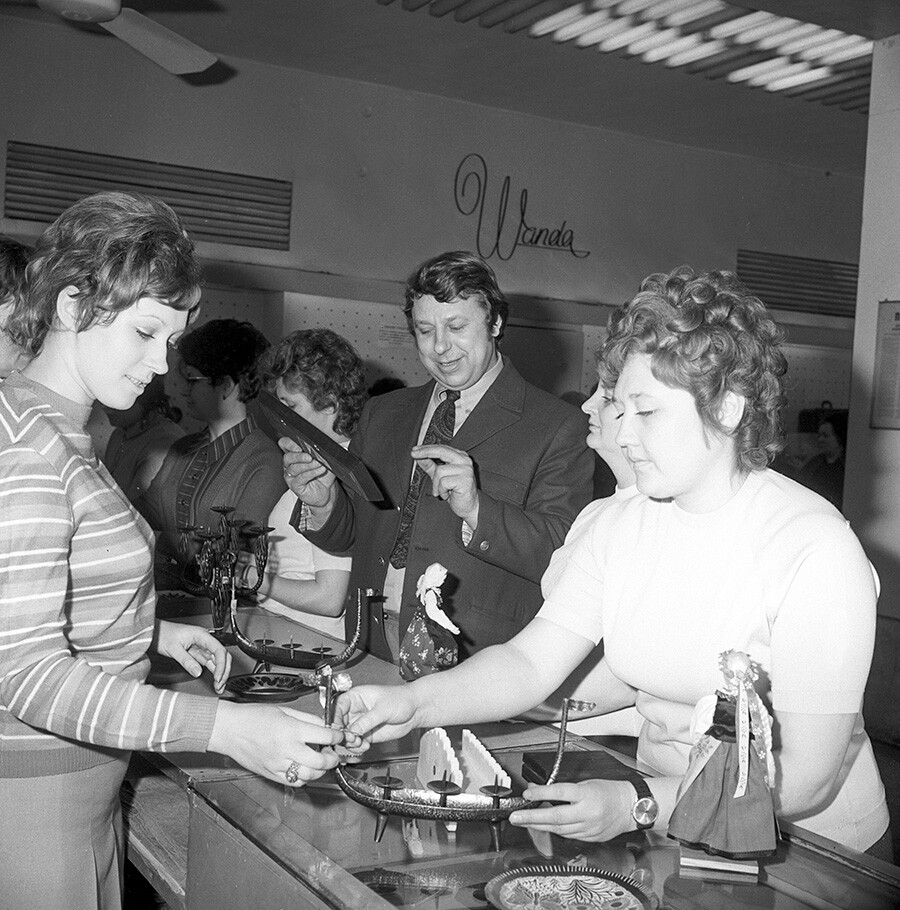
1972
Galina Kmit/SputnikThe legendary Wanda was the only witness to the mysterious death of legendary Tsarist General Mikhail Skobolev in 1882. Some believe that those who named the Soviet boutique “Wanda” might have mocked the bygone government for turning a blind eye to prostitution. However, the theory is farfetched.
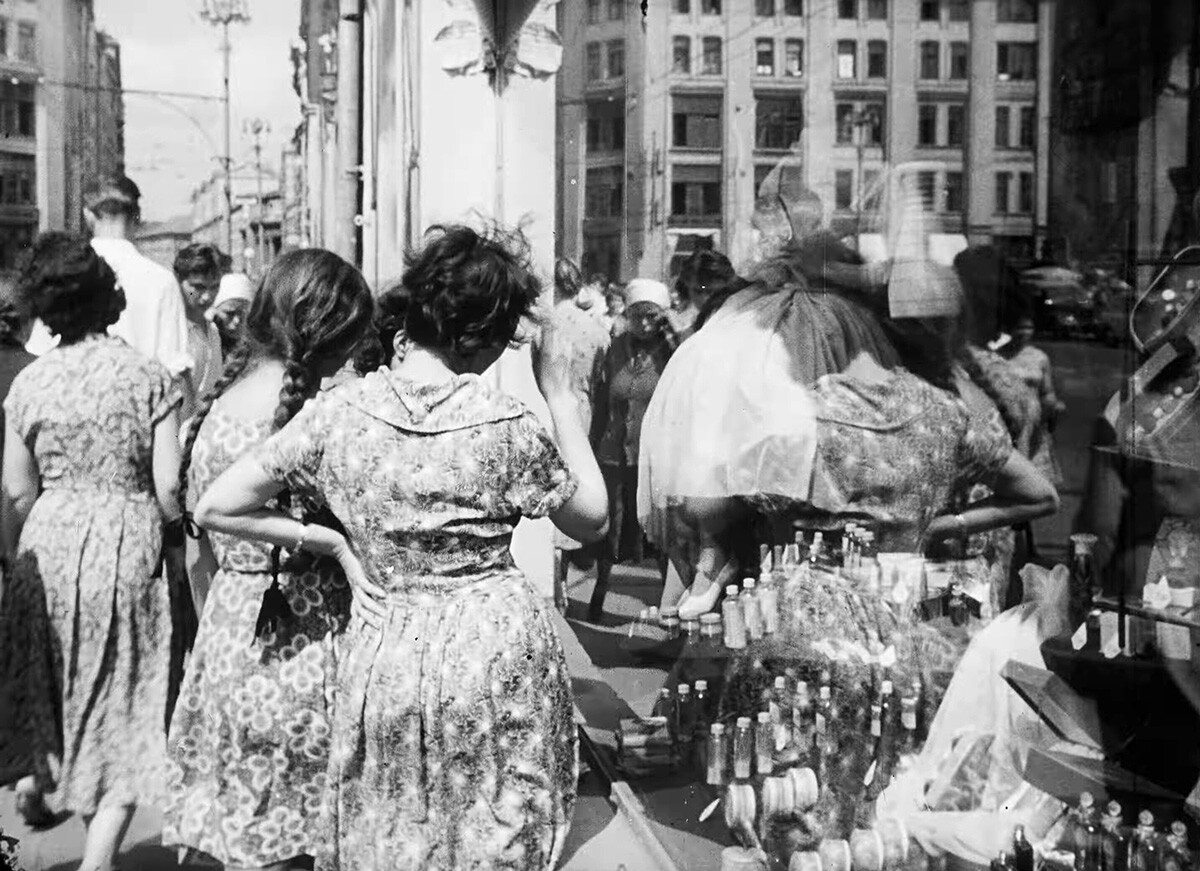
The store sold items produced in the Polish People's Republic, one of the major Soviet satellite states in Europe. The boutique sold anything from carpets to chandeliers, records and fancy china. However, the most sought-after items on offer were cosmetics, perfume and fashionable clothes.
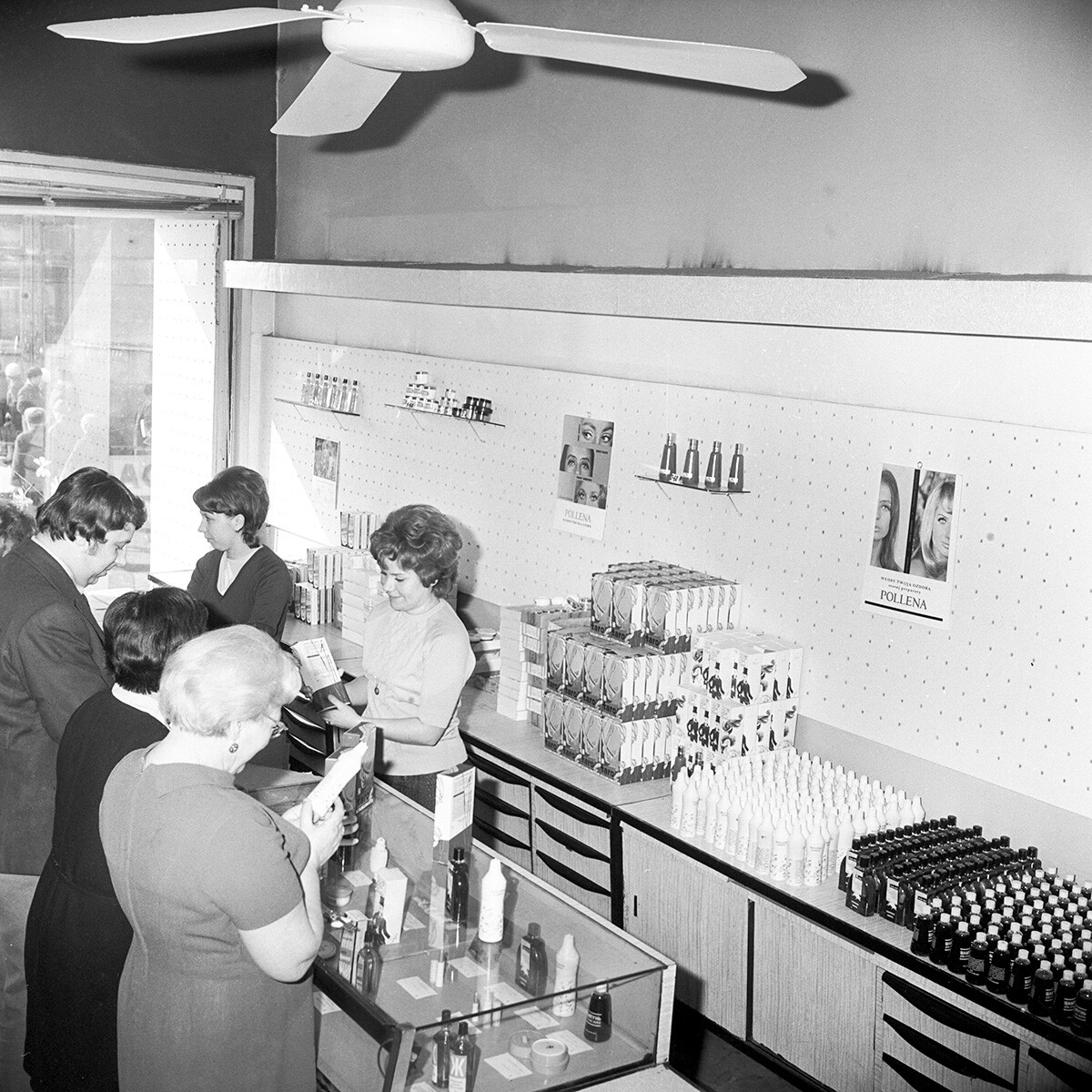
Soviet women could buy stockings there - a scarce item in the USSR. There were also underwear, handbags, sunglasses and jewelry. Given the profound deficit of many items in the USSR, what Wanda had to offer was akin to a miracle for many Soviet people.

Not surprisingly, women from all over the USSR dreamed of visiting the boutique when in Moscow. As a result, the line in front was long and permanent.
Those who had stoically spent a long time waiting to get inside, eventually had a chance to select from an abundance of goods unthinkable at the time. Cosmetics, mascara, shampoos, eye shadows, nail polishes, skincare, rare lipsticks, and signature Polish perfume awaited the lucky buyers on the shelves.
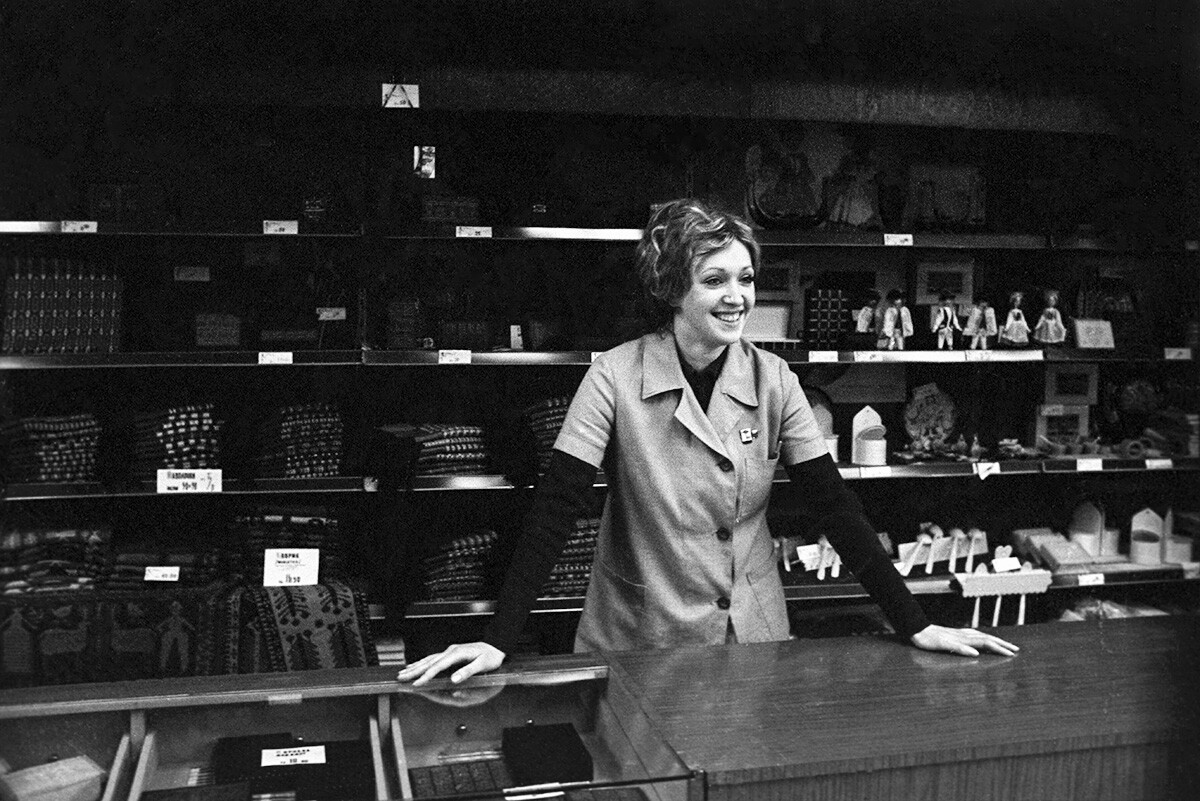
The boutique had offerings for men, too. It sold Polsilver razor blades, colognes, and after-shaves.
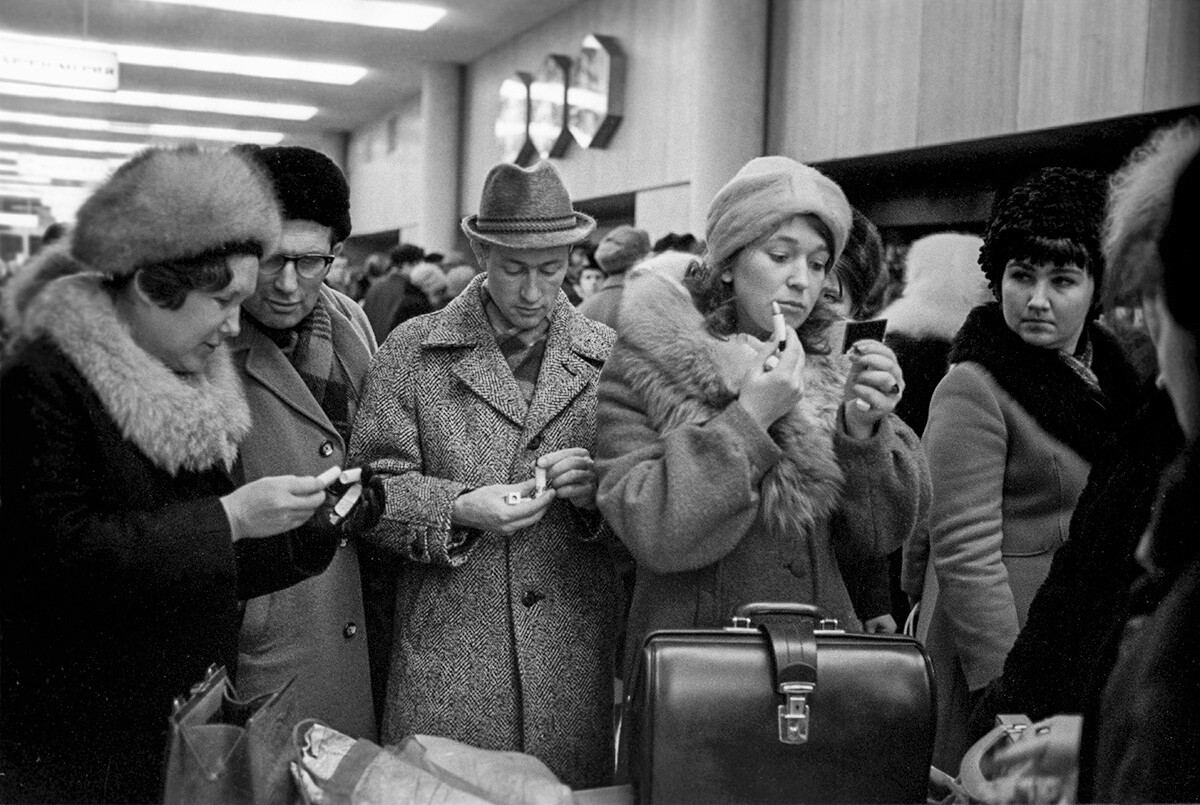
The abundance of customers and the long waiting time at the entrance created good conditions for illegal entrepreneurs who made a business of buying items in the store and reselling to people who did not have time to wait in line.
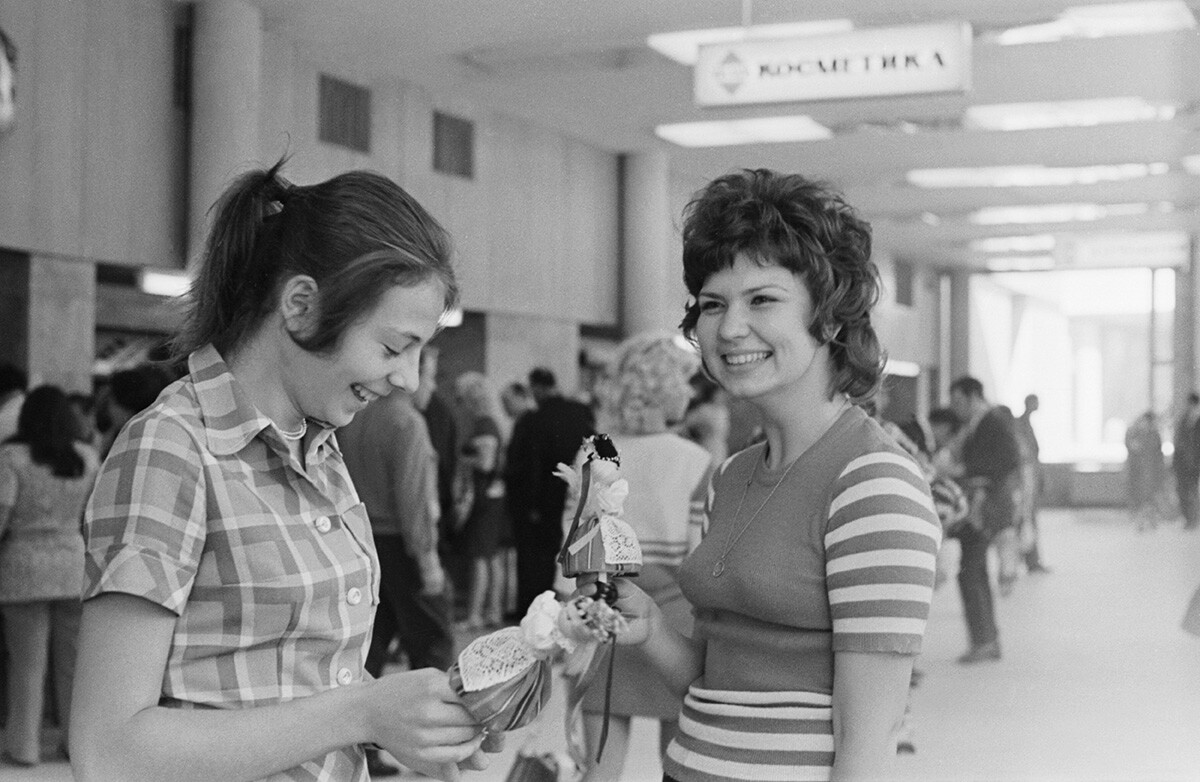
Often, it was a family business. A husband would stand in a safe place with bags full of scarce goods. His wife would then offer single items at a margin to the people who waited in line. If caught by police, the wife would not be in serious trouble as she only had a small number of items on her.
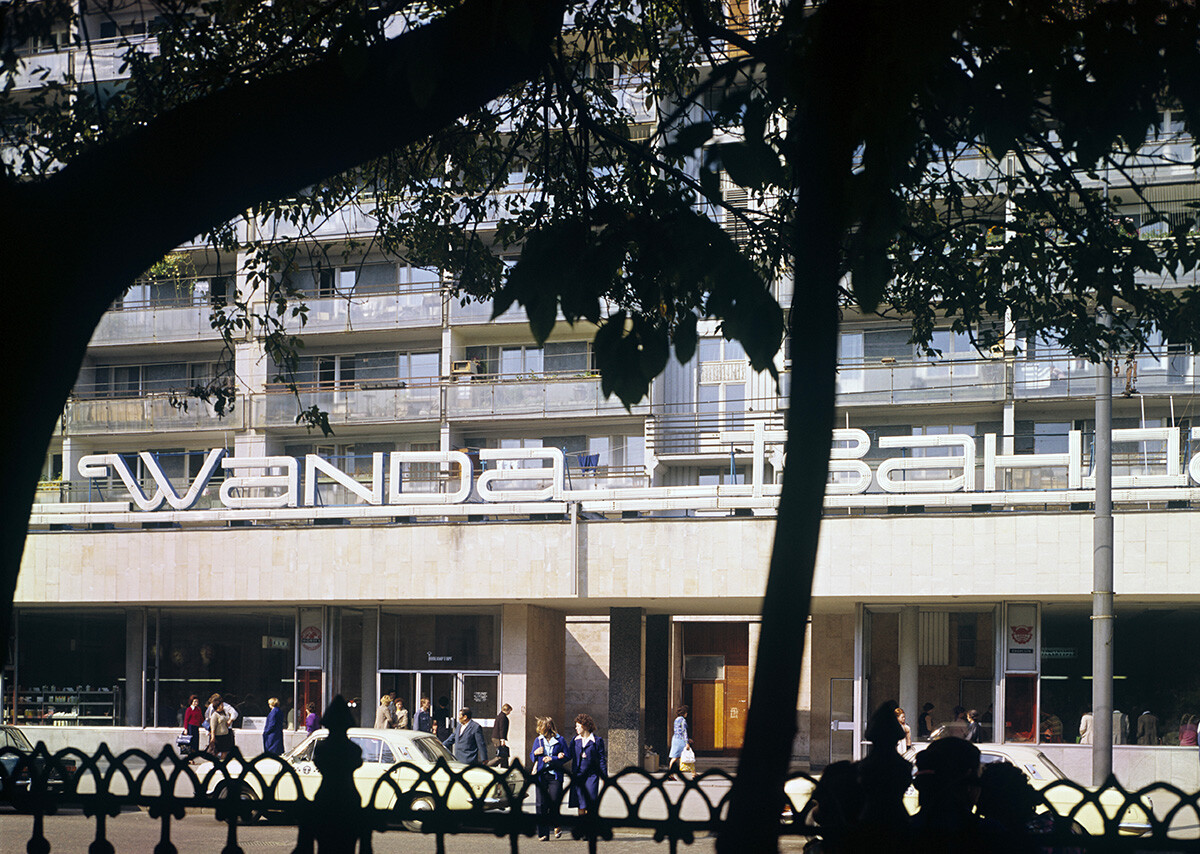
Eventually, the iconic boutique closed its doors. As the Soviet Union collapsed, Russia opened its economy to foreign-made goods that quickly flooded the market, making the whole concept of a high-end boutique selling foreign-made goods obsolete.
If using any of Russia Beyond's content, partly or in full, always provide an active hyperlink to the original material.
Subscribe
to our newsletter!
Get the week's best stories straight to your inbox